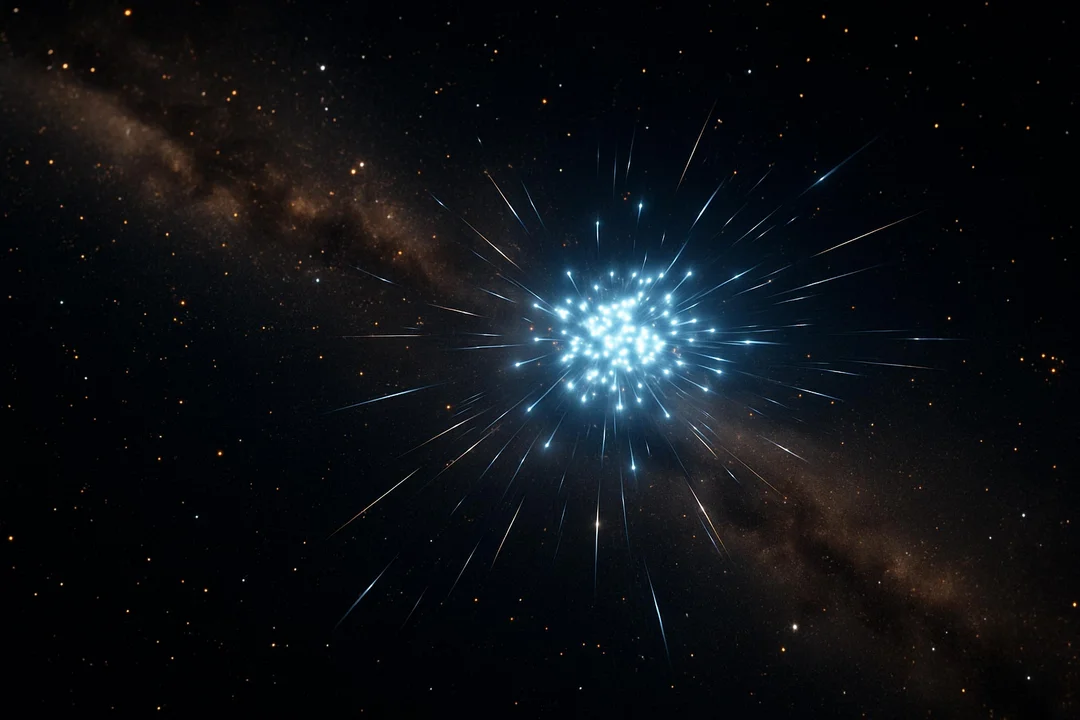
Cosmic Mystery: Gaia Uncovers Stellar Family ‘Ophion’ Breaking All the Rules
In a surprising discovery that challenges our understanding of star formation and galactic evolution, the European Space Agency's (ESA) Gaia mission has identified a peculiar stellar family named Ophion. Unlike typical star clusters that remain gravitationally bound for extended periods, Ophion's 1,000+ young stars are rapidly dispersing across the Milky Way in a chaotic manner, leaving astronomers baffled.
Located approximately 650 light-years away, Ophion presents an unprecedented case of stellar dispersal. "Ophion is filled with stars that are set to rush out across the galaxy in a totally haphazard, uncoordinated way," explains Dylan Huson of Western Washington University (WWU), the lead author of the discovery paper. "What's more, this will happen in a fraction of the time it'd usually take for such a large family to scatter. It's like no other star family we've seen before."

The discovery was made possible by a novel computer model called Gaia Net, developed to analyze the vast trove of spectroscopic data collected by Gaia. This model allowed researchers to focus on young, low-mass stars near the Sun and uncover Ophion's peculiar behavior.
"This is the first time that it's been possible to use a model like this for young stars, due to the immense volume and high quality of spectroscopic observations needed to make it work," adds ESA Gaia Project Scientist Johannes Sahlmann.
So, what's causing this chaotic dispersal? Several hypotheses have been proposed. One possibility is the proximity to other massive gatherings of young stars, where energetic events and interactions may have influenced Ophion. Another theory suggests that past supernova explosions might have swept away material from the cluster, causing its stars to move more rapidly and erratically.
"We don't know exactly what happened to this star family to make it behave this way, as we haven't found anything quite like it before. It's a mystery," says co-author Marina Kounkel of the University of North Florida.
Despite the uncertainty surrounding its origins, Ophion's discovery significantly alters our understanding of star groups. Existing methods for identifying stellar families rely on clustering similarly moving stars, but Ophion's chaotic nature would have made it undetectable using those techniques.
As Gaia concludes its decade-long mission, the scientific community eagerly anticipates future data releases. These releases promise further insights into star populations and the fundamental processes regulating the universe. Meanwhile, the enigma of Ophion remains a driving force for scientists to unravel the many more cosmic mysteries around and beyond.
What do you speculate could be key factors causing the stars of Ophion to quickly disperse and fly apart? Share your thoughts in the comments below!